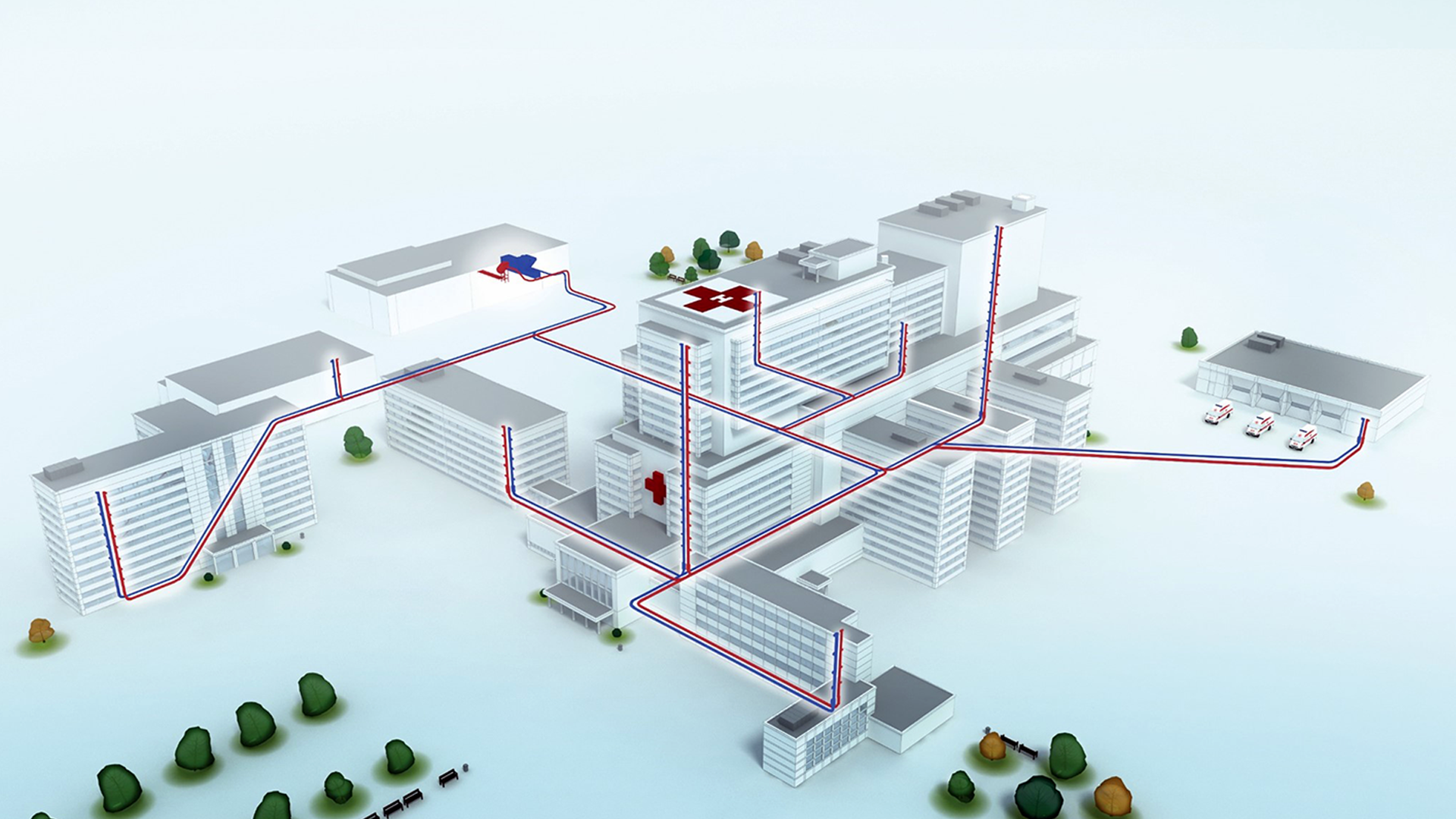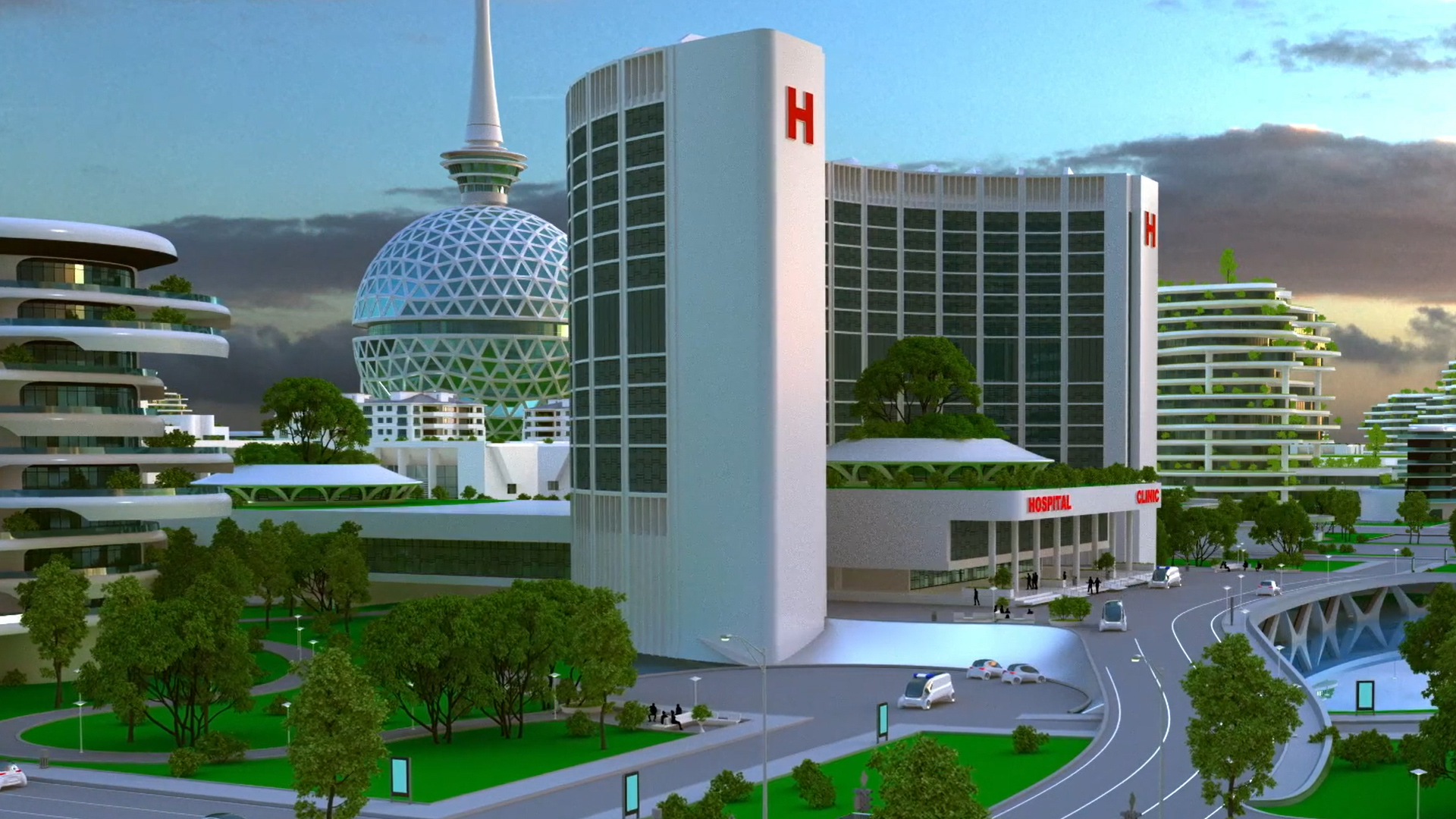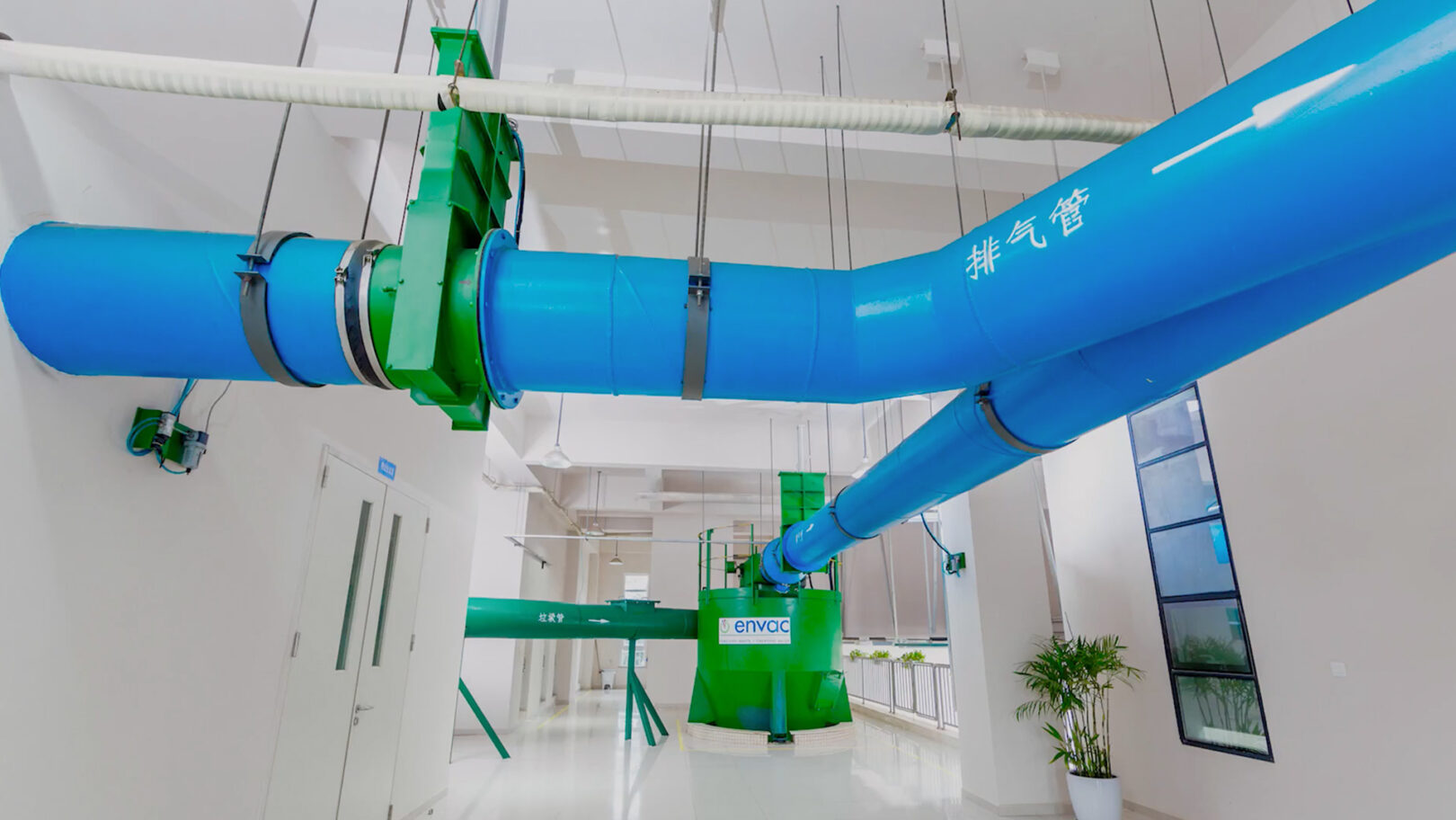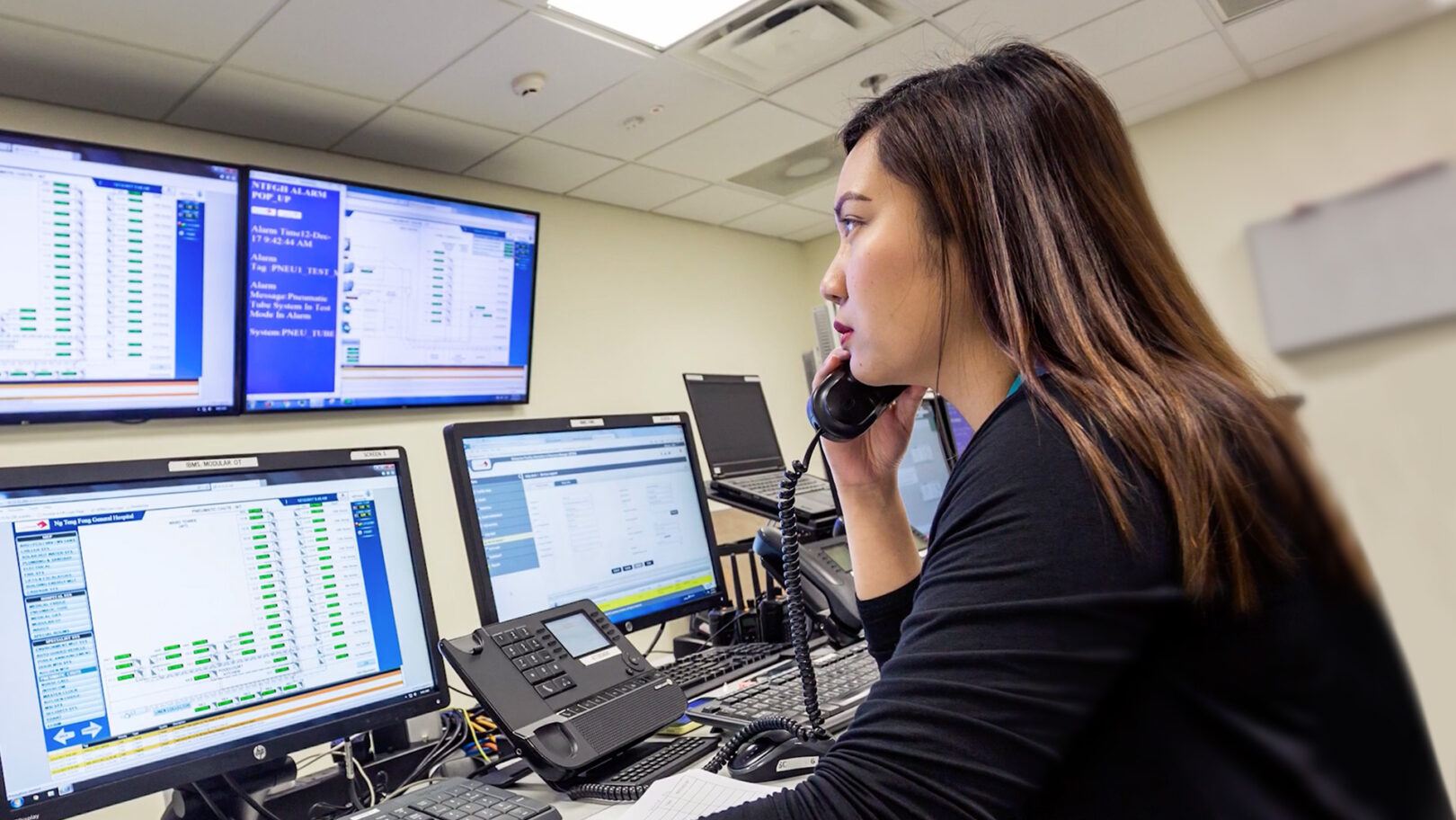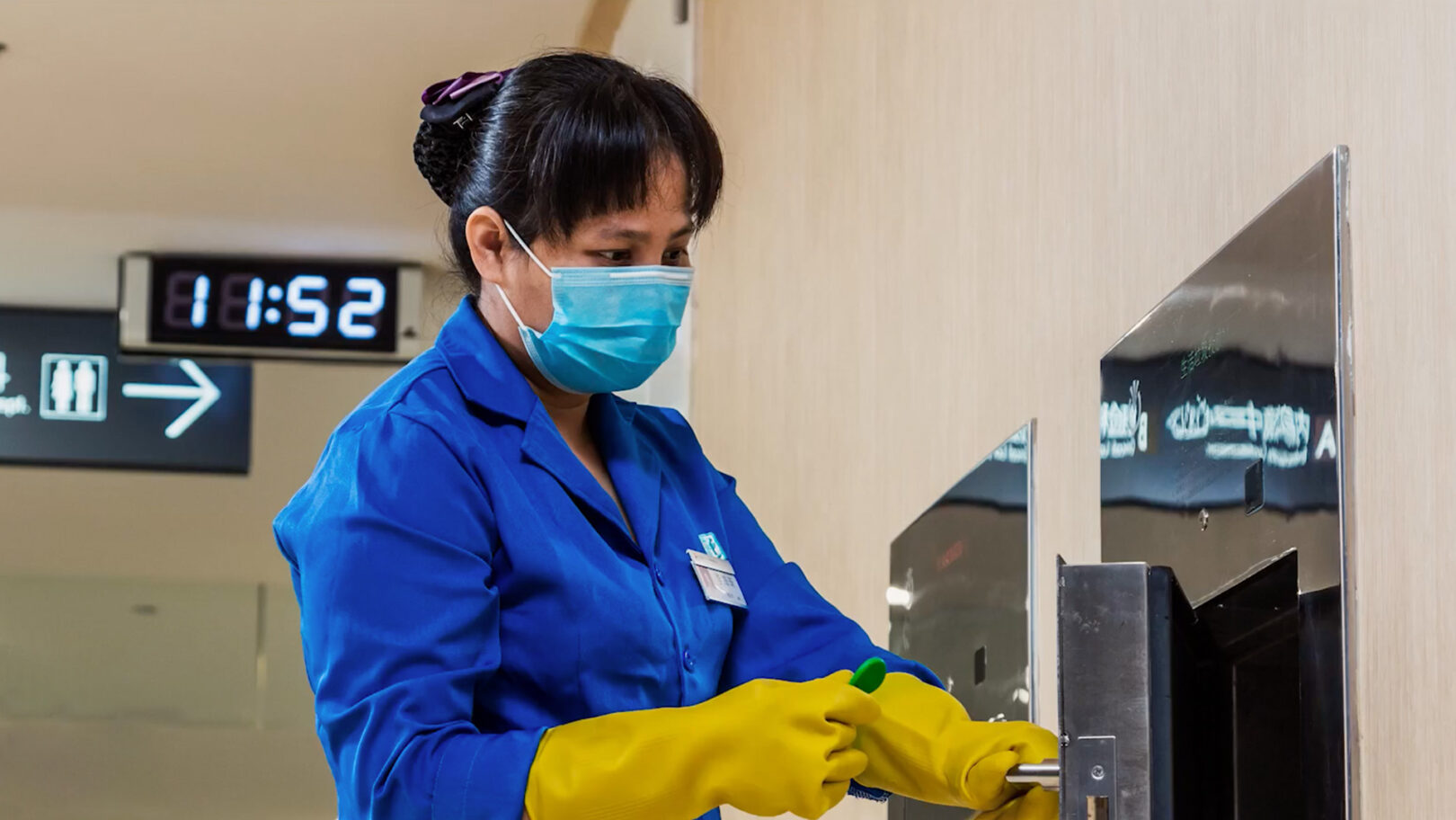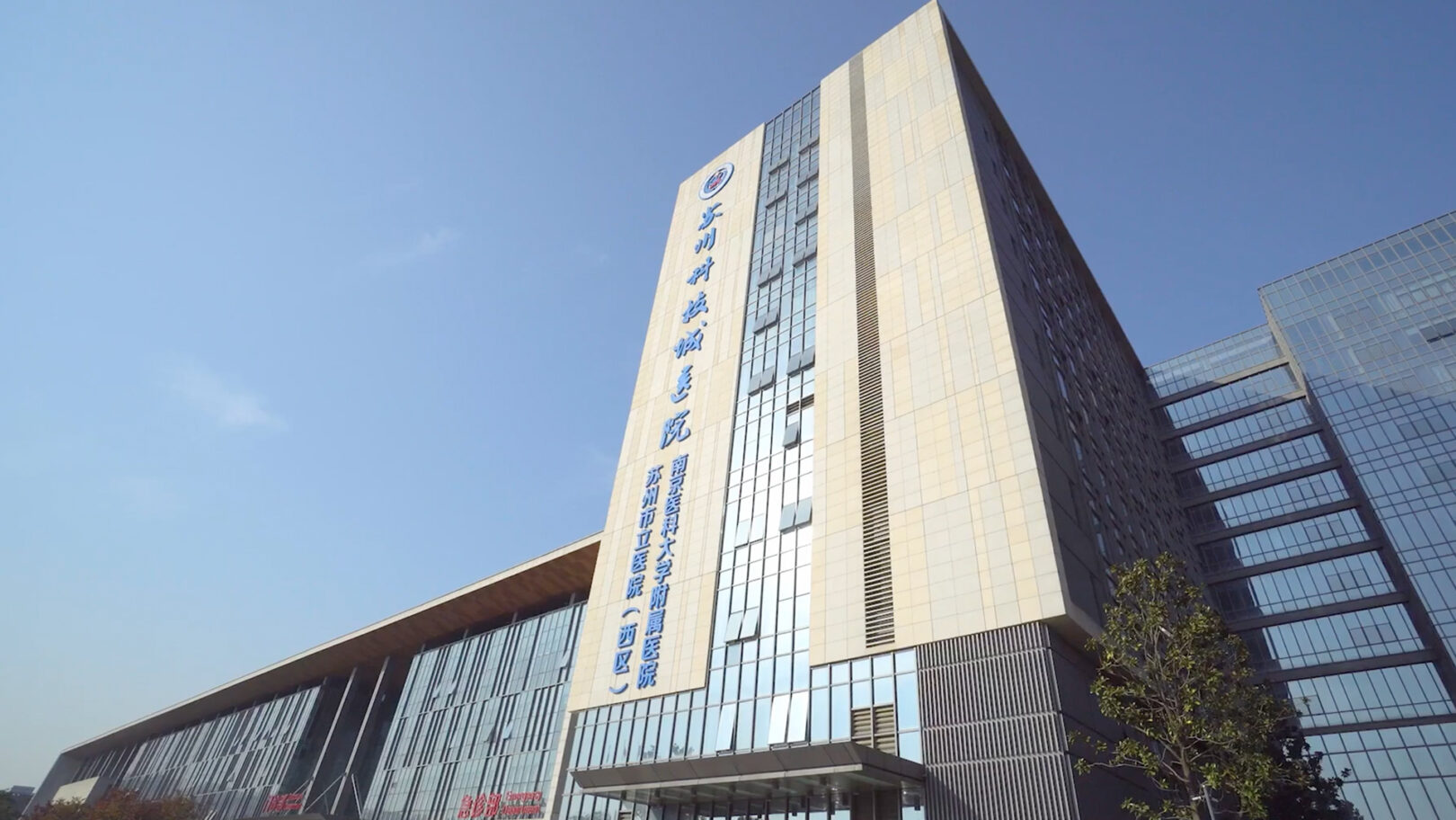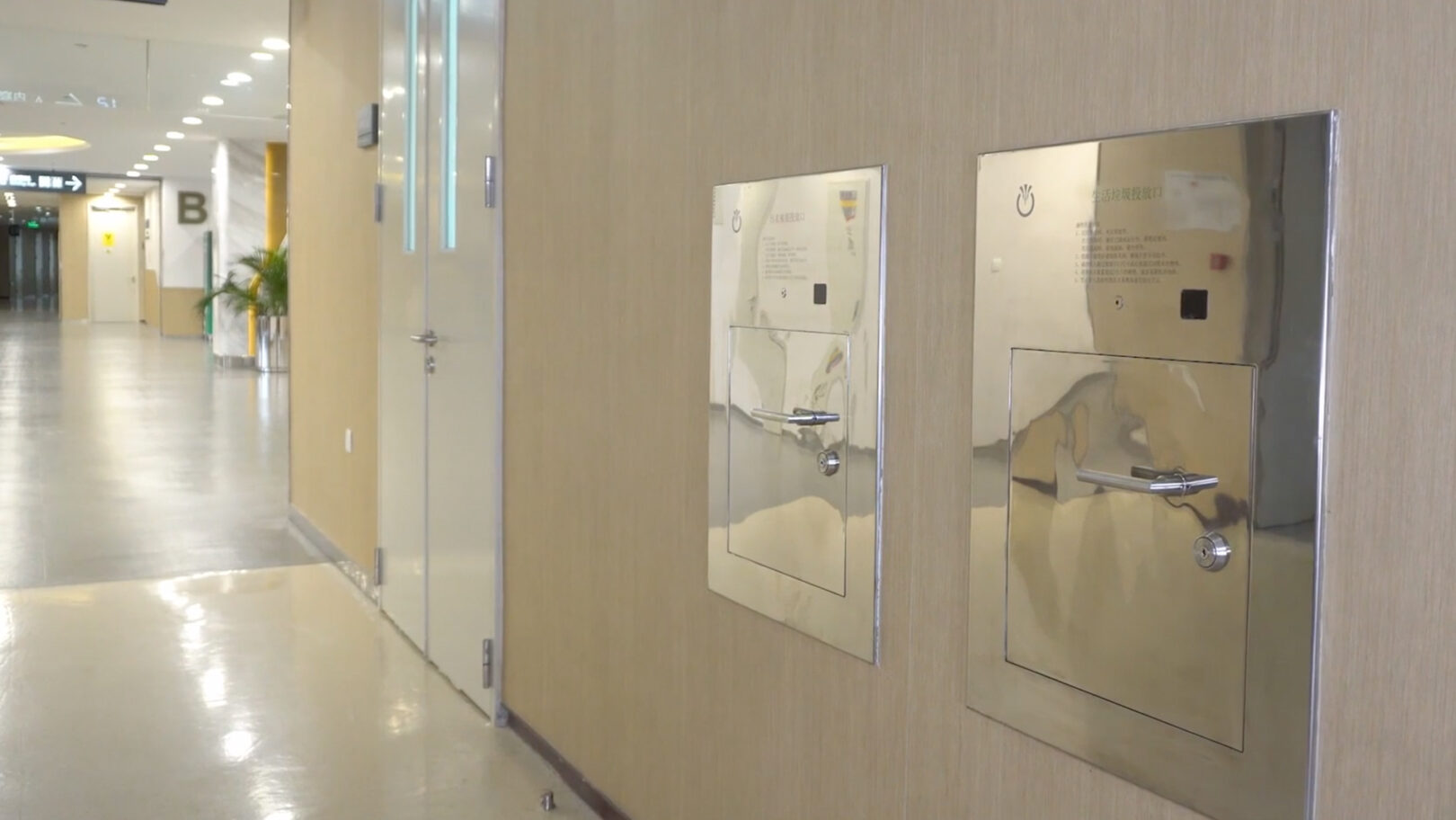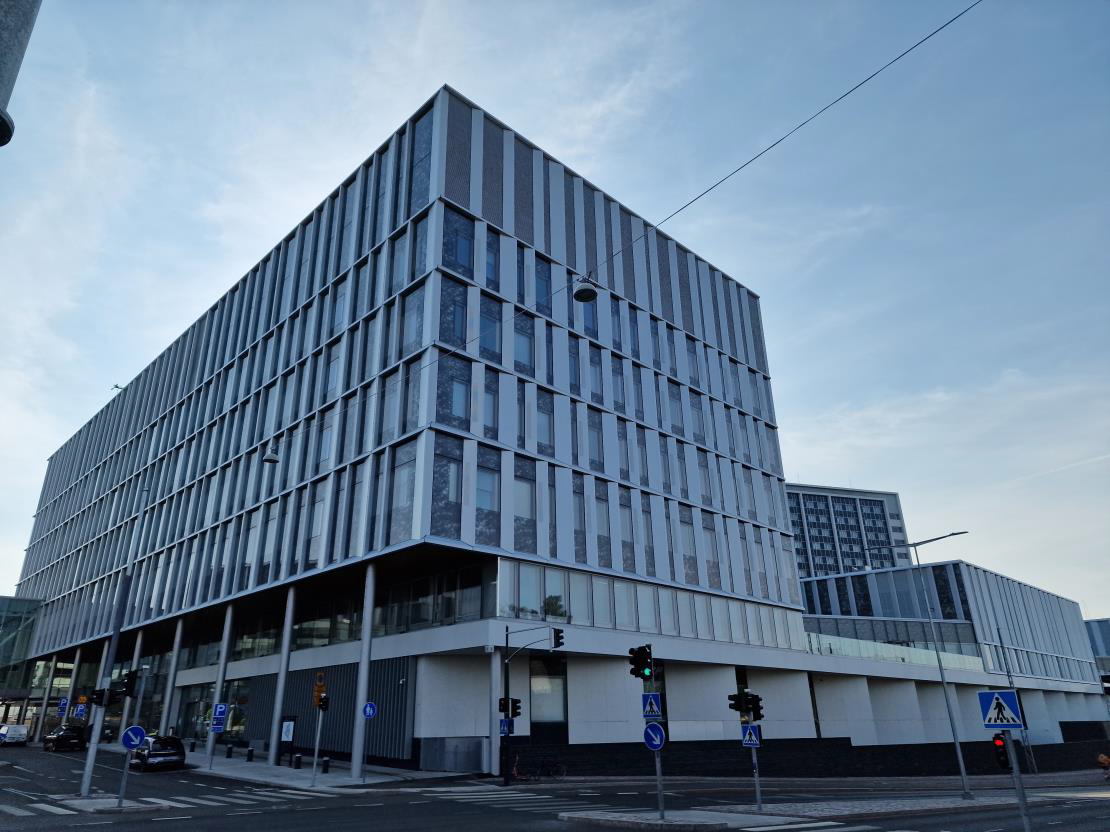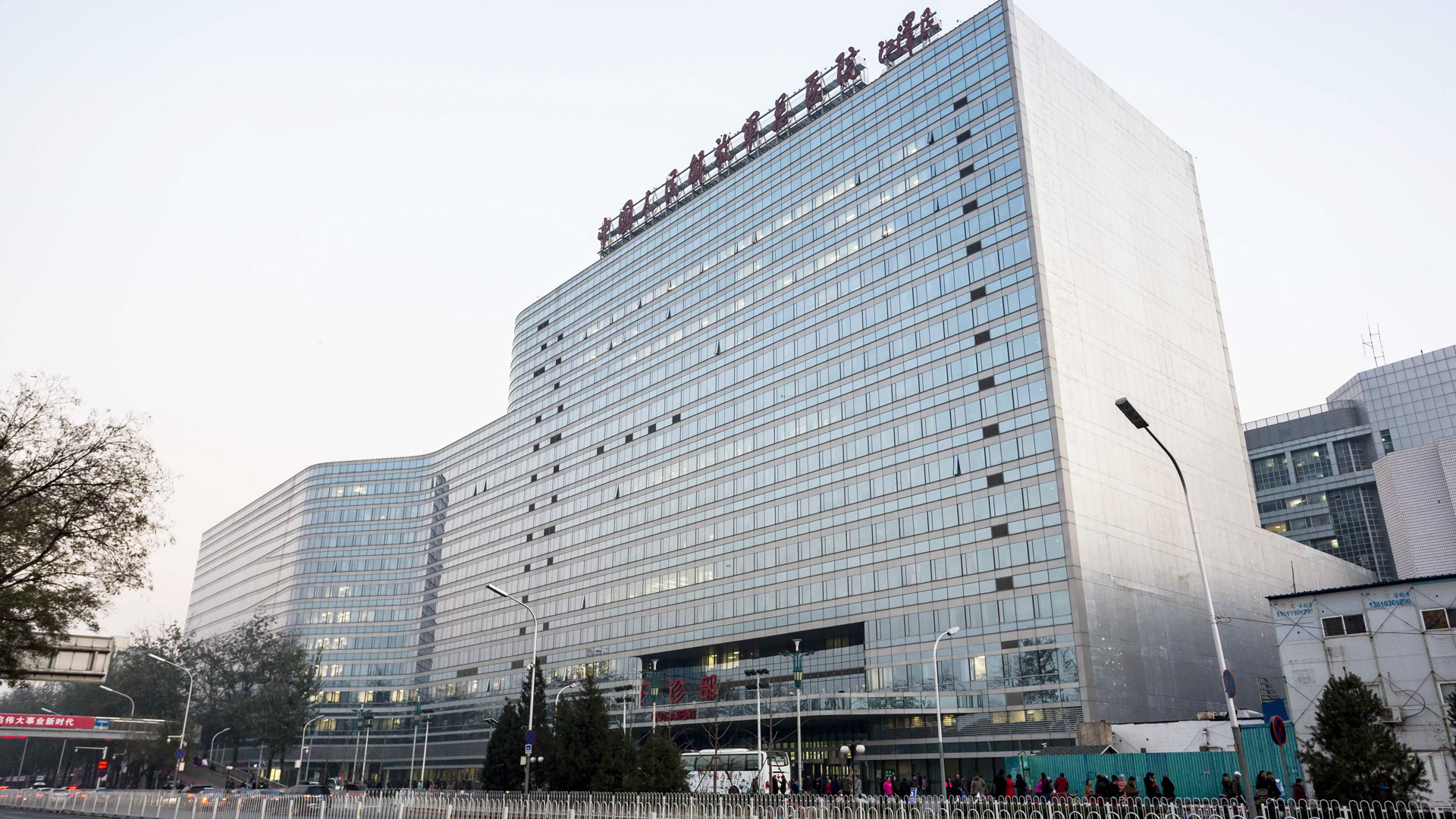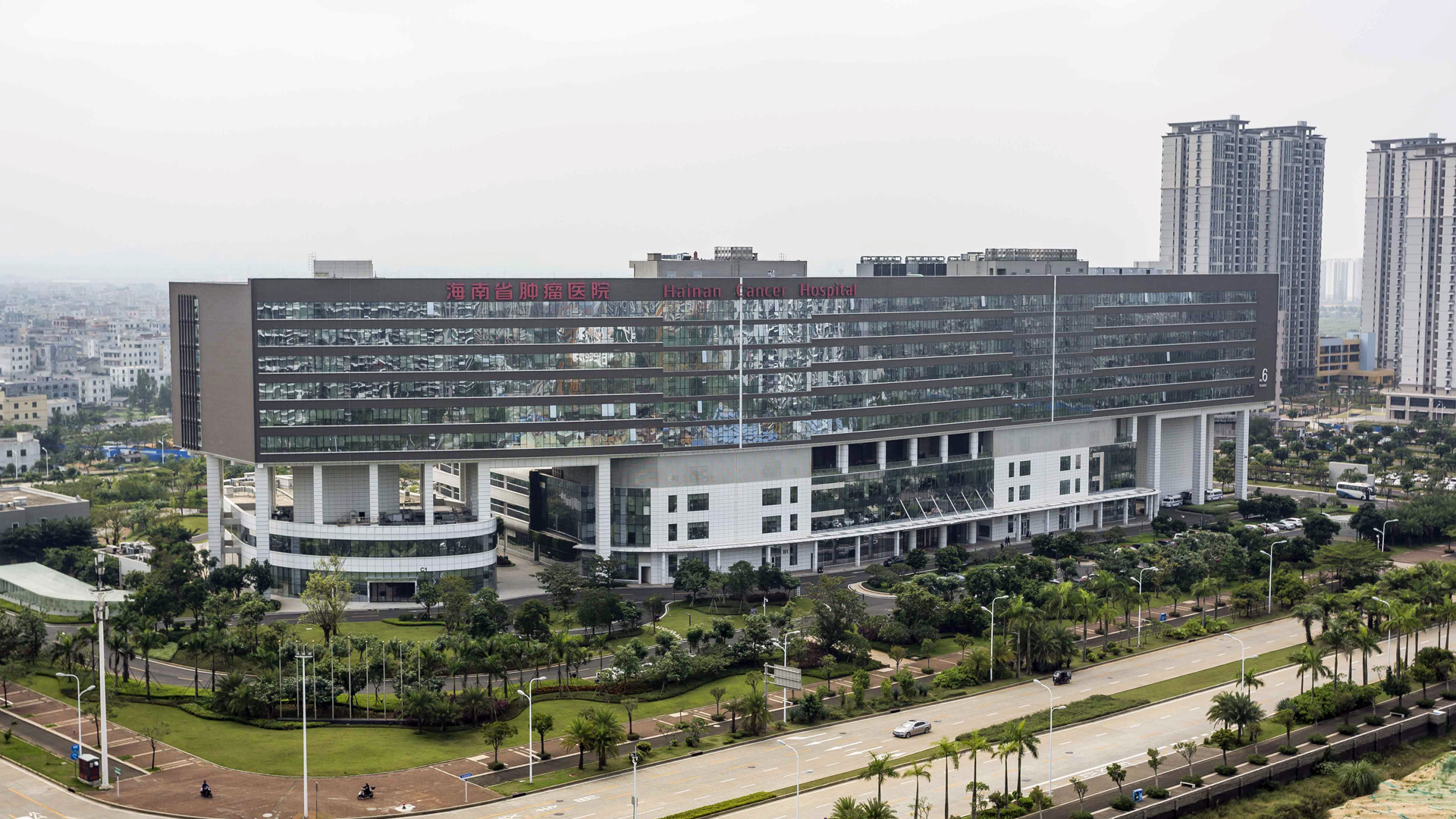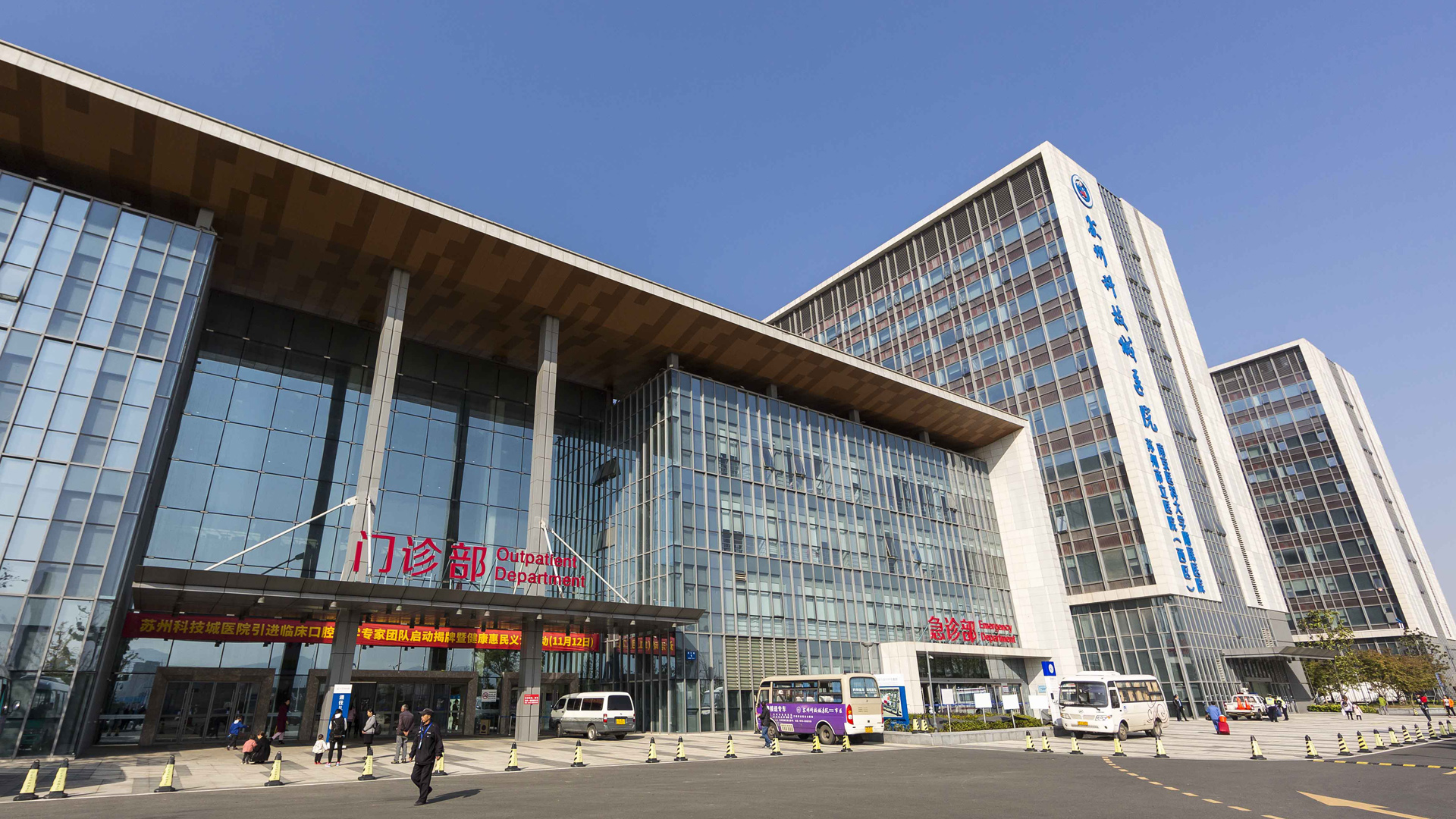How does it work?
Click on our interactive map to learn more.
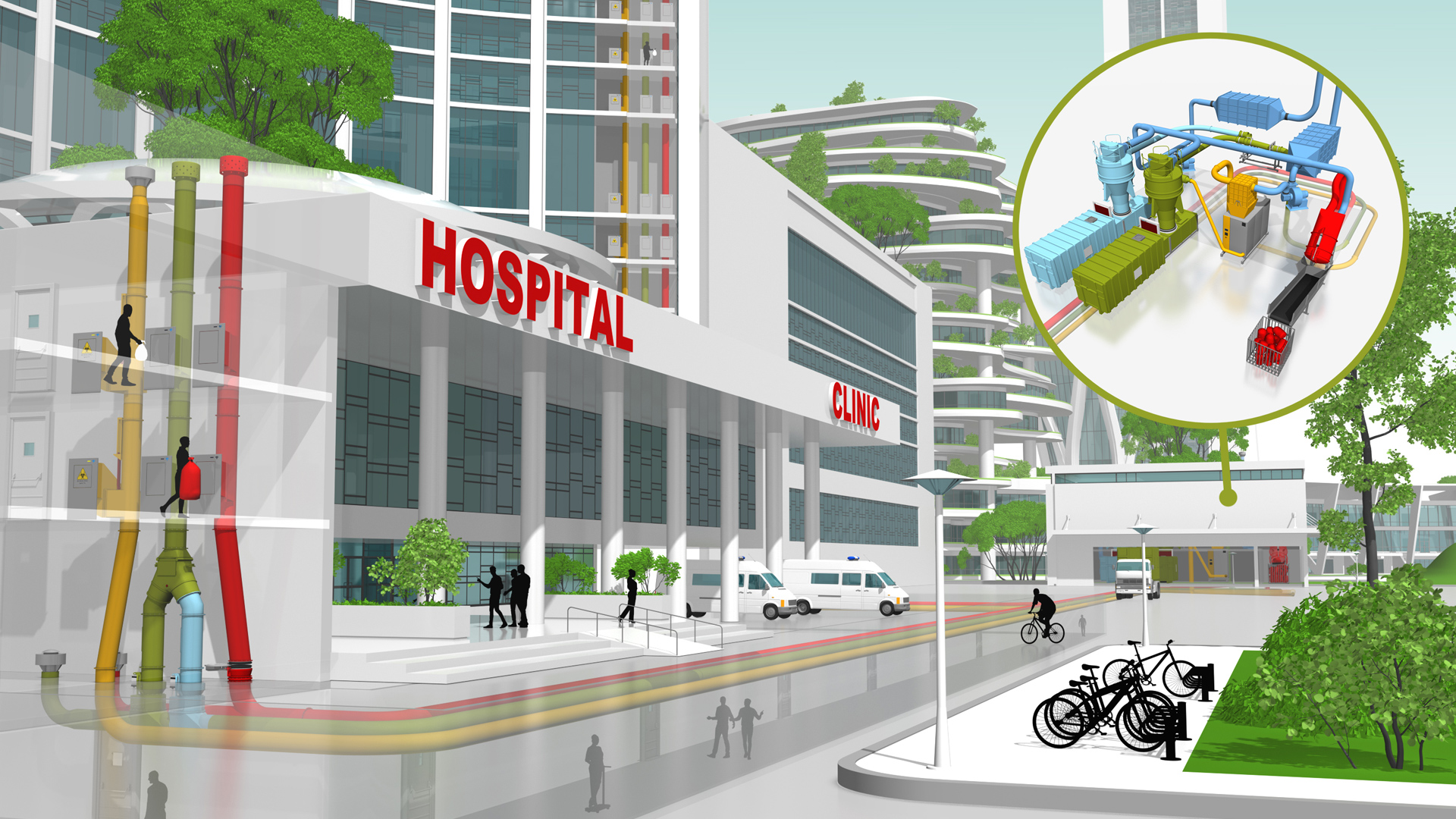

One System – Multiple Flows
Envac’s hospital system differs from the traditional waste collection system. It manages the safe and clean disposal of laundry, waste, recyclables, and infectious hospital waste through separate pipes within a single system. Touchless technology with sensors identifies the type of waste and allows access without physical contact, reducing infection spread.
This system eliminates the need to transport laundry on trolleys outside the ward, minimising the spread of bacteria and reducing operational costs.
Reduction in Infection Spread
With the Envac waste collection system, the physical contact between people and contaminated materials is minimized during the collection of waste, laundry, and infectious hospital waste. Instead of being transported on trolleys through corridors and lifts, the waste is moved through separate, sealed pipe systems. This ensures a safer environment for patients, staff, and visitors.
The closed system and touch-free disposal points also significantly reduce the risk of infection spread and accidents.
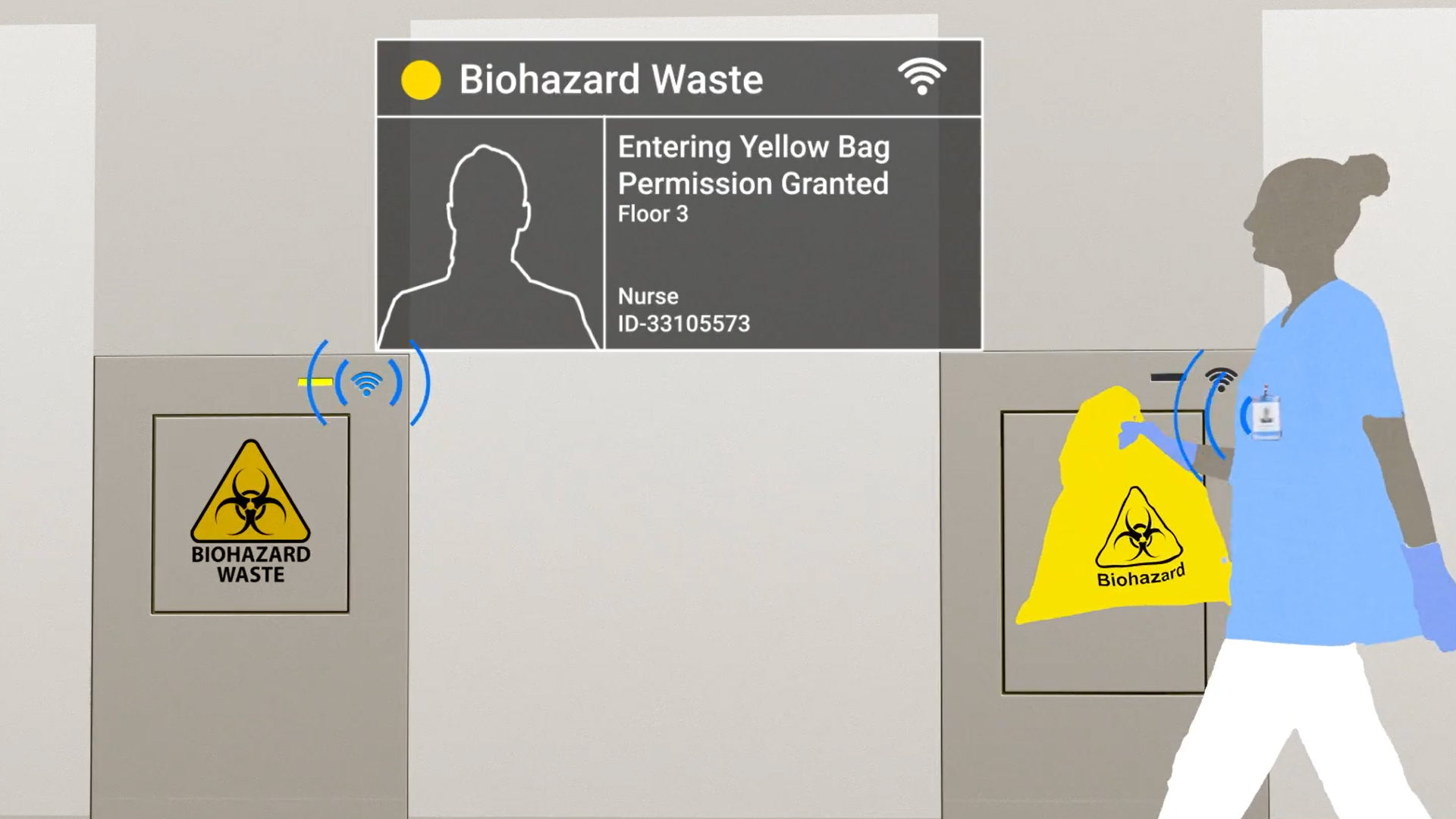

Sustainability and hospital image
For any hospital, patient and staff welfare is crucial, but hospitals also can play their part in a more sustainable future. The Envac system can be designed to handle several waste fractions within the hospital.
Our system also removes the unsightly manual transport of waste and laundry throughout the hospital, providing patients and visitors with a better experience of the hospital. An eco-friendly hospital environment with state of the art technology attracts both top health care professionals and patients.
Cost Efficient
Reducing manual handling of laundry and waste is not only beneficial from a health perspective, but it is also cost-efficient. The automatic transportation of our pneumatic waste collection reduces the need for a large workforce of orderlies and hospital attendants to transport and sort laundry and waste. Less waste transportation with carts in corridors and culverts also reduces the wear and tear of the hospital building which means less maintenance cost.
Our automated waste collection system is integrated in the walls, floors, and culverts of the hospital building and removes the need to transport laundry in trolleys or carts, minimizing the spread of germs and bacteria as well as reducing operational cost.
Read our case studies